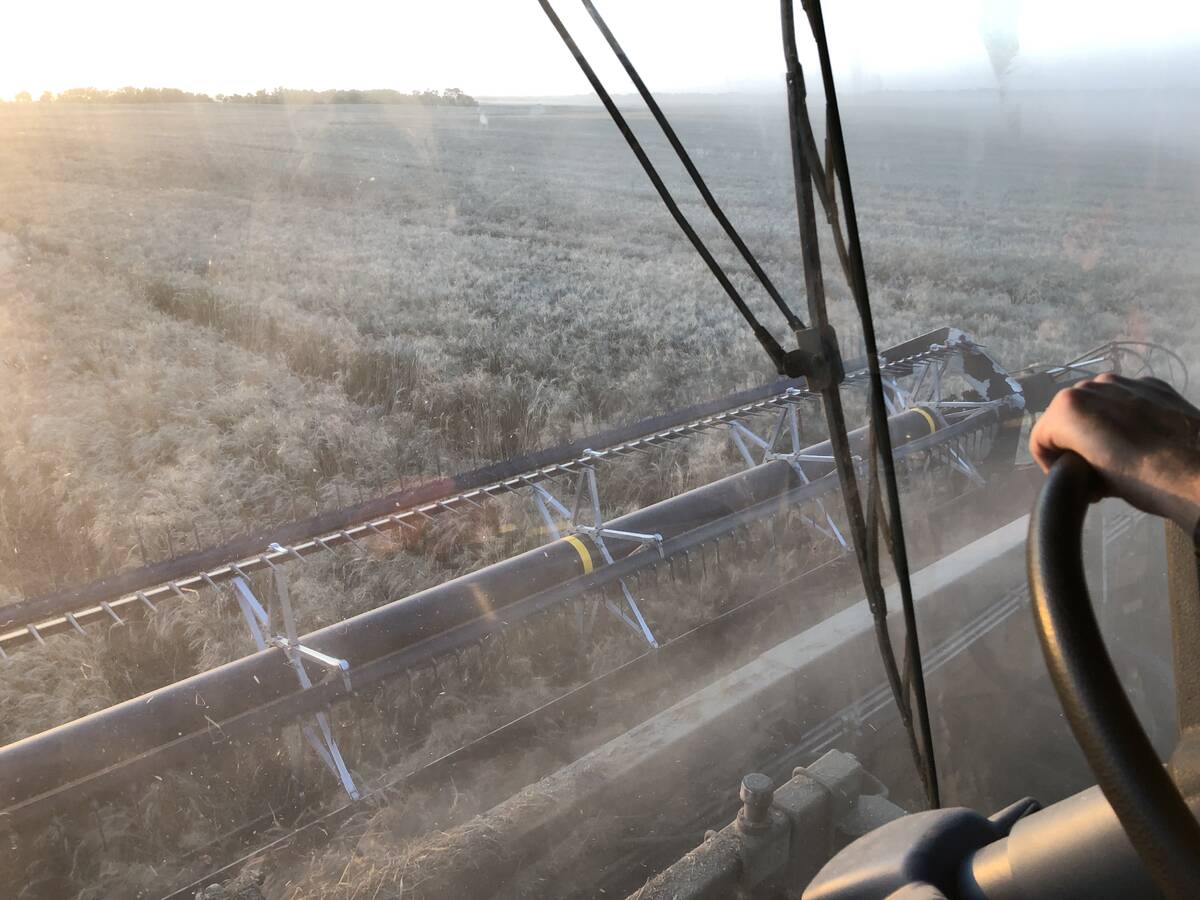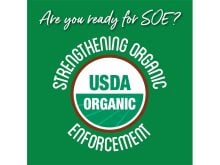With their deficit spending now largely under control, Canadian governments must be willing to put more money into farm safety net programs, a review committee will tell federal and provincial agriculture ministers in July.
And Ottawa will be urged to enrich the Net Income Stabilization Account program to dissuade pro-vinces from creating a patchwork of “companion programs” that offer different layers of government support across the country, a member of the committee said last week.
“We have not written the final report but I know we will be telling them that the existing funding is not adequate,” Canadian Federation of Agriculture president Jack Wilkinson said in an interview May 22.
Read Also

Mail strike disrupts grain sample delivery
The Canadian Grain Commission has asked farmers to consider delivering harvest samples directly to CGC offices, services centres or approved drop offs as Canada Post strike delays mail.
“Governments have taken a lot from farmers in recent years. It is time to give some of that back.”
In the 1990s, more than $1 billion was cut from annual government support for farmers. The committee of industry representatives was set up last year to review the existing $1 billion safety net system – $600 million from Ottawa and $400 million from the provinces.
The existing federal-provincial agreement – which authorizes a system based on NISA, crop insurance and provincial companion programs – expires next year. Ministers meeting in Niagara-on-the-Lake July 15-16 must approve the principles of a new safety net framework agreement.
Up one percent
Wilkinson said a good place to start would be for Ottawa to agree to increase NISA funding to four percent of eligible receipts, to be matched by farmers.
Ottawa now caps its contributions at three percent.
“If the feds make NISA more attractive as a base, then there would be less temptation in the provinces to top up with companion programs that could cause us trade trouble later,” he said. “Moving to a four-four NISA would mean going over the $600 million Ottawa has allocated.”
He said the committee also likely will recommend that some non-safety net programs be taken out of the safety net envelope, freeing up more money for income protection.
He said governments now are counting some research and development programs, as well as environmental spending, as safety net items.
“That takes money away from the core need,” he said. “And we need more money for safety nets, not less.”
It is a message that federal agriculture minister Lyle Vanclief has known was coming for almost a year.
Briefing notes prepared for the minister after he was appointed to cabinet last June make it clear safety net funding would be an issue.
“A new regime will need to be approved by federal-provincial ministers in the summer of 1998 for necessary legislative and government approvals to be secured in time for the implementation of possible changes by 1999,” said the briefing notes obtained by Ottawa researcher Ken Rubin under Access to Information laws.
“There is a high probability of reduced farm incomes over the next couple of years and pressure being put on to upgrade safety net funding.”
















